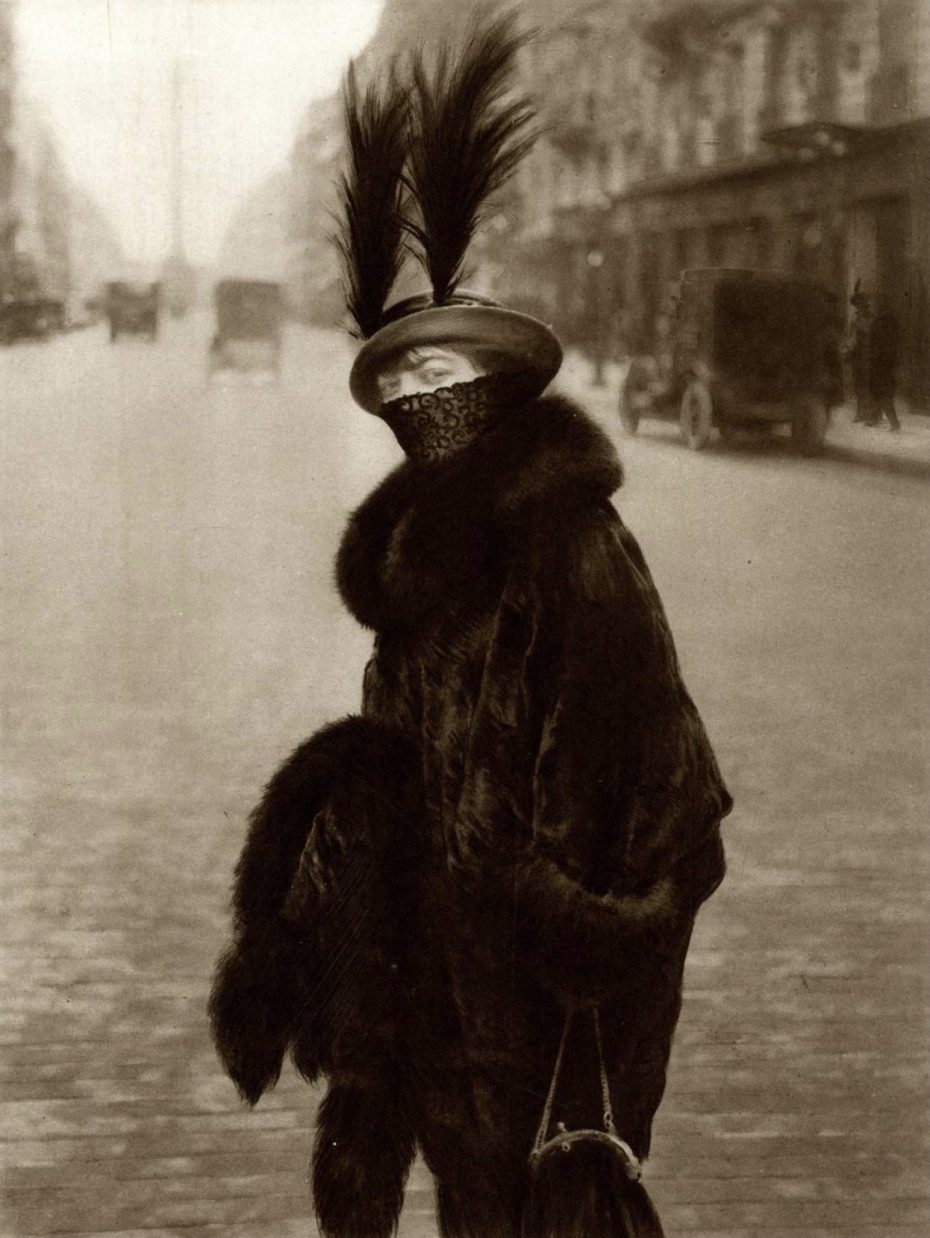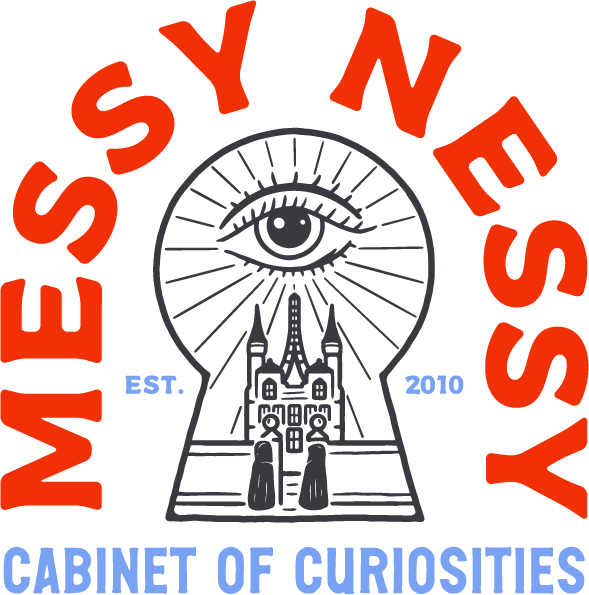
“I was one of the few female street photographers at the time,” Edwina told me, “and I was paid handsomely for that picture, but capturing it was not my favourite experience. Nor was photography in general.” She took another nibble of the biscuit she’d been pushing around on her plate in a vain attempt to hide the shaking of her perfectly-manicured hand. “I’d have preferred to have been a lawyer, but in those days…”
She let the sentence hang.
I was there to pick up some data for an article I was writing; and although it was 40 years ago, I remember our conversation and what took place afterward, as if it were yesterday. The retirement residence, which Edwina now called home, had been kind enough to prepare a small tea for us in the private dining room when I arrived. “You’ll have privacy here,” the director told me, “take as much time as you need, but please come and see me before you leave.”
I was curious about how Edwina had been able to get such a candid picture in the middle of a bustling Paris street. Most of the other photos attributable to her had been seaside vistas of Edwardian ladies strolling in their white lace dresses and summer straw boaters. And wasn’t photography a rather complicated process back then? Surely traffic along the Rue de la Paix wouldn’t stop for a sartorial street snapper, particularly in winter.
“Shooting an image takes no time at all,” Edwina reminded me. “It was the setting up and preparing the plates that was sluggish.” I nodded.
“The picture does look arranged. Was she a model?”
“No,” she replied curtly. “We’d had a tip that a certain British aristocrat had left a gift for his mistress at the jeweller’s that day—you know the one—” she winked.
I wasn’t sure whether Edwina was referring to the aristocrat, the jeweller, or the mistress, but I saved that question for later and encouraged her to continue.
“I was ready and waiting when she came out of Cartier.”
“How exciting!” I remarked.
“Take a look at that photo. It was horribly cold that day,” she scolded. “The wind took your breath away; in fact, I feared I would lose my fingertips to frostbite as I waited for her to emerge. That crocheted wool mask she’s wearing — a Turkish veil, the fashion editor called it—was purely for warmth. ” Edwina seem to shiver.
I refilled our rose patterned teacups and asked about the jewellery.
“It was rumoured to be a bracelet. Most probably she already had it on her wrist. See? There’s no parcel or bulge in that dainty, metal-framed handbag of hers.”
I looked closer; Edwina was right. I’d been more focused on the beautiful line of her brow—cosmetically defined, I was sure—and at the fringe of hair that complemented it perfectly.
“Unusual for a woman to have a fringe in 1914?” I asked. “She must have been ahead of her time.”
“She was a French mistress,” came the response, “and a great beauty. I’ll give her that.” Just then, a server came to clear our table. “I’d best be going,” I said, and thanked Edwina for her time. I was aware that a woman of her advanced years would need a rest following our interview and was excited to add this firsthand account to the article I’d been writing.
Madame Fournier met me at the door. “Thank you for coming,” she gushed. “Miss Edwina doesn’t get many visitors, and the other residents here are tired of her made-up stories. Dementia can be such a devastating end to a life well lived; don’t you agree?” The director shook my hand. “She was a brilliant lawyer, you know.”
I headed for the car. Did she say lawyer or liar, I wondered.

